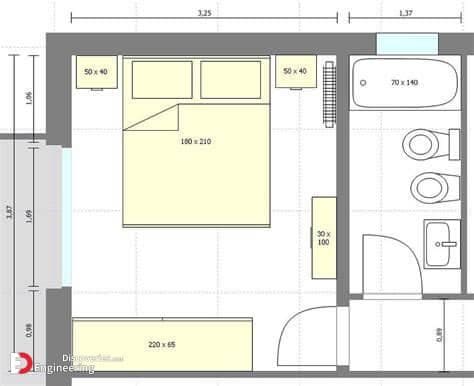In the heart of Dubai, architect-engineer Abbas Sherif Alaskari has spent years blending the charm of traditional Emirati design with the sleek sensibilities of modern architecture. While his larger projects span city skylines and cultural landmarks, the principles he applies are just as relevant—and inspiring—for home décor enthusiasts looking to bring a sense of heritage and warmth into their living spaces.
Traditional Emirati architecture is rooted in climate-conscious design, communal living, and a deep appreciation for craftsmanship. Its elements aren’t just aesthetic but purposeful, sustainable, and culturally rich. Today, these traditional concepts are being reinterpreted in homes across the UAE, offering a unique blend of old and new.
1. The Wind Tower Inspiration: Cooling with Character
One of the most iconic features of Emirati architecture is the barjeel, or wind tower. Originally used for natural ventilation before the era of air conditioning, wind towers are now making a comeback as design features that provide both function and form. In modern homes, vertical ventilation shafts or tall atria inspired by wind towers can reduce heat buildup while adding dramatic architectural interest.
2. Mashrabiya Screens: Privacy with Light
Mashrabiya—elaborately carved wooden screens—are not only beautiful but practical. Traditionally used to provide privacy and shade while allowing air and filtered light to pass through, they are now featured in everything from window treatments and room dividers to cabinet doors. The geometric patterns add texture and cultural significance to contemporary interiors.
3. Courtyard Living: Bringing the Outdoors In
At the core of many historic Emirati homes is the courtyard—a private, open-air space that fosters family interaction and natural ventilation. This concept is being revived in modern villa layouts and urban homes. By integrating internal courtyards or even small indoor gardens, homeowners can create a serene oasis that reflects the traditional Emirati value of togetherness.
4. Natural Materials and Neutral Palettes
Traditional Emirati design is characterized by the use of natural, locally available materials such as coral stone, palm fronds (arish), gypsum, and wood. Today, this translates into a décor palette of earthy tones, textured surfaces, and raw finishes. Using lime-washed walls, rattan furniture, and clay pots can evoke a desert-inspired aesthetic that feels grounded and timeless.
5. Artisanal Accents and Local Crafts
Incorporating handcrafted elements is key to bringing Emirati elegance into your home. Handwoven textiles, ceramic pottery, and brass or copper accessories speak to the region’s artisanal heritage. Supporting local crafts not only enhances authenticity but also contributes to cultural preservation—a principle close to Abbas’s heart.
6. Minimalism with Meaning
While many Western interpretations of minimalism focus on stark emptiness, Emirati-inspired minimalism leans toward warmth and intention. Each object has a story, and each space invites calm and connection. Clean lines are balanced by cultural motifs, ensuring that simplicity doesn’t come at the cost of personality.
By thoughtfully incorporating these traditional elements, homeowners can create spaces that feel both contemporary and deeply rooted in the UAE’s architectural heritage. It’s not about replicating the past, but reimagining it in ways that speak to the present.
As Abbas Sherif Alaskari often emphasizes in his design philosophy, honoring heritage doesn’t mean resisting progress. Rather, it means allowing the wisdom of the past to shape the beauty of what comes next, even within the walls of our own homes.
In Case You Missed It!
Dubai Transformation: How the Megacity Evolved Over the Years!
The Dock House Design by Nashville Architects
13+ Most Famous Historic Greek Architecture Designs – 12 Is Parthenon Temple
The post How to Incorporate Emirati Design in Modern Living Spaces appeared first on Architectures Ideas.



